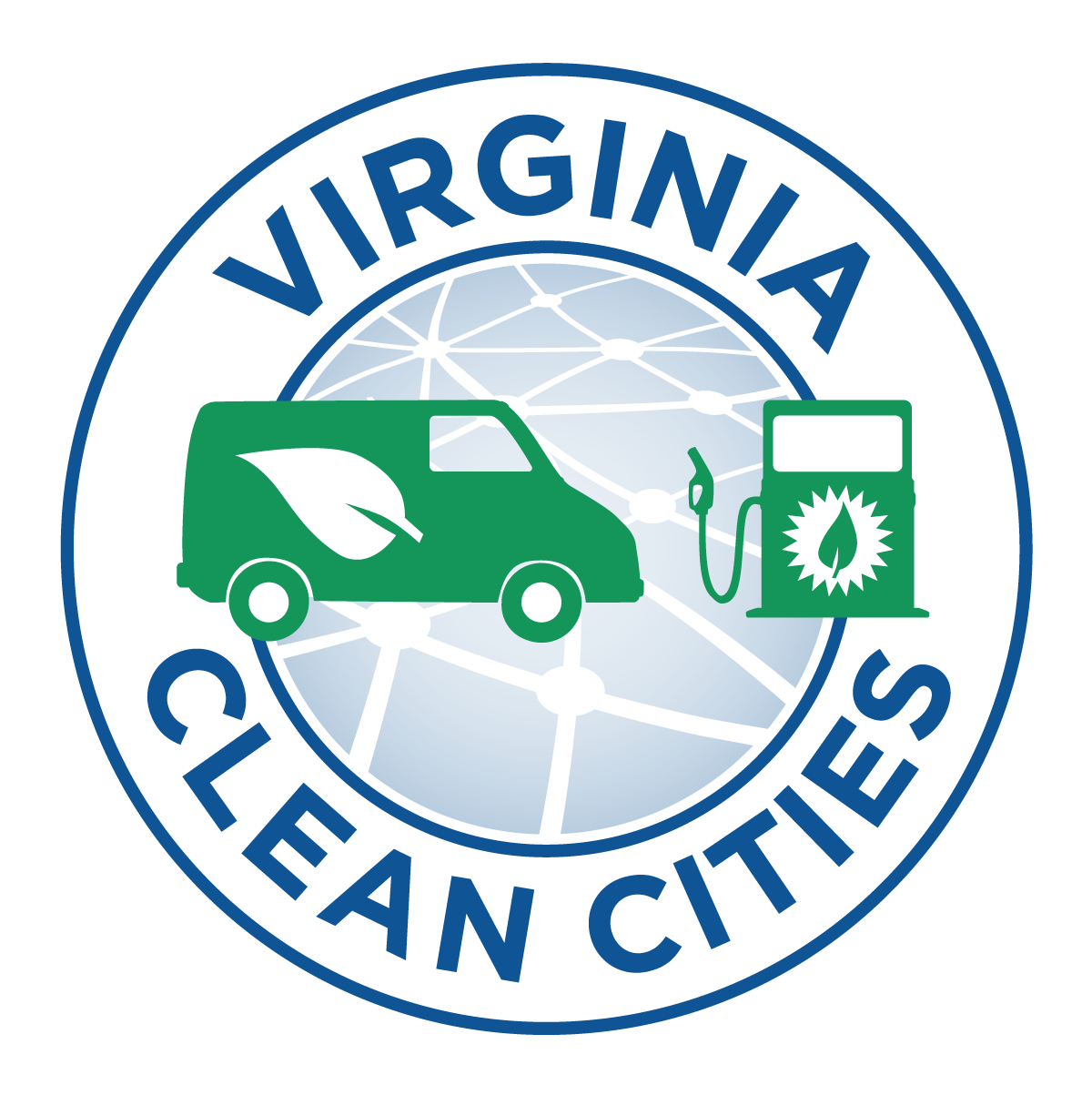Question of the Month: How are vehicle fuel economy ratings determined? What factors impact fuel economy?
Answer: Vehicle fuel economy is tested under controlled conditions using a standardized test procedure. Original equipment manufacturers (OEMs) are required by federal law to test at least one representative vehicle for each light-duty model and must report the results to the U.S. Environmental Protection Agency (EPA). EPA reviews the results and confirms about 10% to 15% of the vehicles through tests at the National Vehicles and Fuel Emissions Laboratory (NVFEL).
In the laboratory, the vehicle is placed on a machine called a dynamometer that simulates the driving environment and can be adjusted to account for wind resistance and the vehicle weight. A professional driver runs the vehicle through a prescribed driving routine at various speeds to simulate typical trips in the city or on the highway.
To measure the fuel economy of the vehicle, a hose is connected to the tailpipe to collect the engine exhaust. The carbon in the exhaust is then measured to calculate the amount of fuel burned during the test. This process is more accurate than using a fuel gauge. For details on NVFEL vehicle fuel economy testing procedures, refer to the FuelEconomy.gov Fuel Economy Tests website and the EPA Fuel Economy Data & Testing website.
Federal law requires fuel economy testing for most light-duty vehicles. Some vehicle types, however, are exempt from fuel economy testing requirements, including:
– Pickup trucks and cargo vans with gross vehicle weight ratings (GVWR) over 8,500 pounds;
– Passenger vehicles, such as SUVs and passenger vans, with GVWR of 10,000 or more; and
– Motorcycles.
Fuel economy test procedures are designed to replicate typical driving conditions and behavior, but there are many factors that influence a vehicle’s fuel economy. Quick acceleration and heavy braking, excessive idling, driving at high speeds, cold weather and frequent short trips, heavy cargo, towing a trailer, running electrical accessories, driving on hilly or mountainous terrain, and using four-wheel drive, can all have a significant impact on miles per gallon. New vehicles generally will not attain optimal fuel economy until they reach 3,000 to 5,000 miles. Because of these variations, fuel economy ratings should only be used as estimates for comparison between vehicles.
To improve fuel economy, vehicle owners can drive less aggressively, observe the speed limit, reduce cargo, and avoid excess idling. In addition, maintenance rituals like keeping tires fully inflated, keeping the engine properly tuned, and using the recommended grade of motor oil, can improve vehicle fuel economy.
For more detailed information about the factors that affect vehicle fuel economy, refer to the FuelEconomy.gov Factors that Affect Fuel Economy website. FuelEconomy.gov’s Driving More Efficiently and Keeping your Car in Shape websites break down the fuel economy benefits that can be achieved through various methods.
